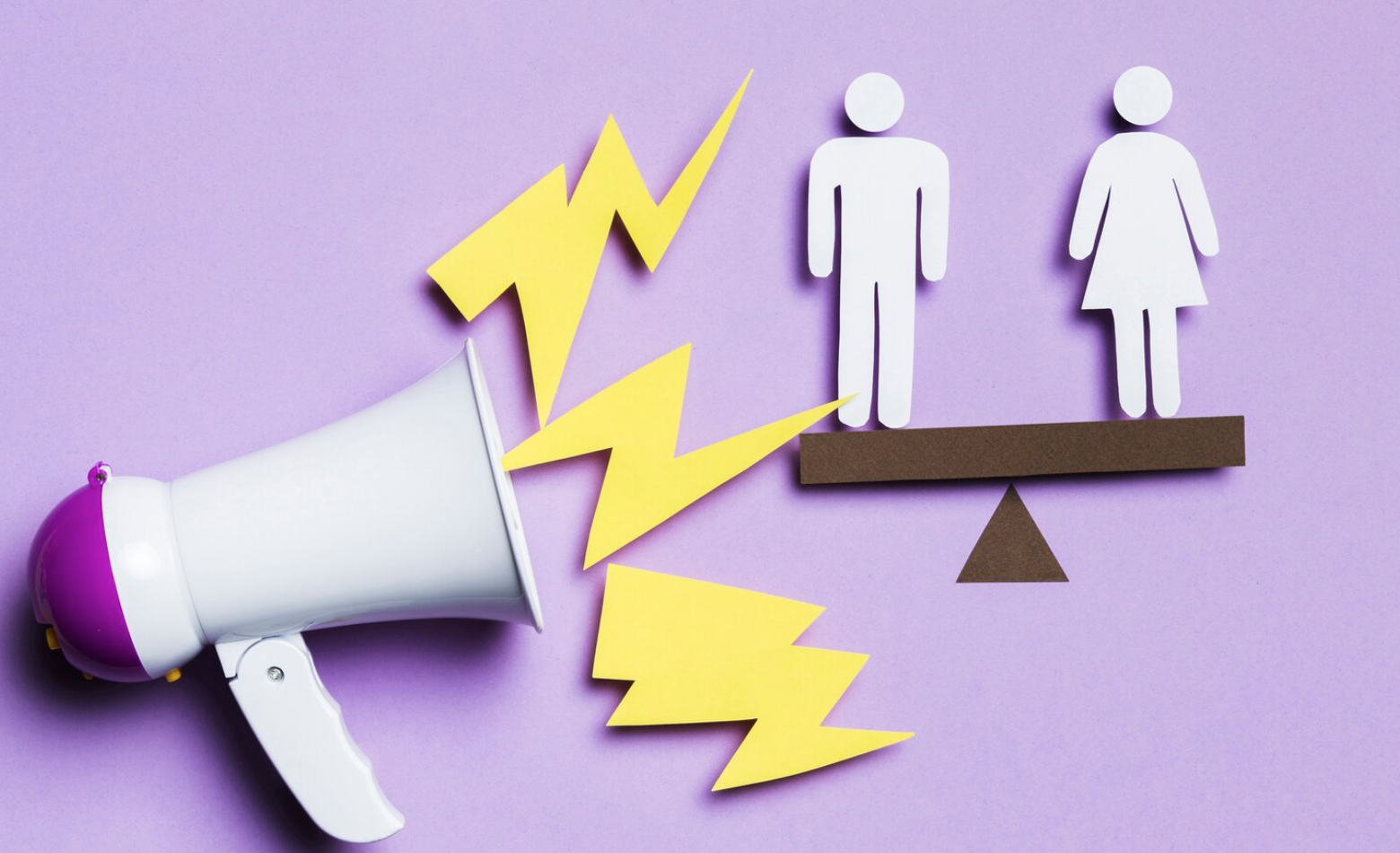Right to Equality: Promoting Fairness and Inclusion for All

In this blog post, we will explore the concept of the right to equality, its definition, the UN entity that regulates it, its significance, examples from history, challenges, and ways to contribute to its realization. The right to equality is a fundamental human right that ensures fairness, non-discrimination, and equal treatment for all individuals.

The right to equality is a fundamental human right enshrined in various international human rights instruments. It encompasses the principle that all individuals are equal before the law and entitled to the same legal protection and opportunities without any form of discrimination. It includes aspects such as race, color, sex, religion, political opinion, national or social origin, and other status.

The United Nations (UN) entity responsible for promoting and protecting the right to equality is the Office of the High Commissioner for Human Rights (OHCHR). The OHCHR works to raise awareness, provide technical assistance, and monitor the implementation of international human rights standards related to equality.
Significance

The right to equality is of paramount importance for the promotion of a just and inclusive society. It ensures that every individual, regardless of their background or characteristics, can enjoy equal opportunities, access to justice, and protection under the law. By upholding this right, societies can strive towards eradicating discrimination, fostering social cohesion, and promoting human dignity.
Examples from History

- Civil Rights Movement: The Civil Rights Movement in the United States during the 1950s and 1960s was a significant historical example of the struggle for equality. Activists such as Martin Luther King Jr. fought against racial segregation, leading to landmark legislation like the Civil Rights Act of 1964, which outlawed discrimination based on race, color, religion, sex, or national origin.
- Apartheid in South Africa: The apartheid regime in South Africa enforced a system of racial segregation and discrimination. The movement against apartheid, led by Nelson Mandela and other activists, fought for equality and ultimately led to the dismantling of apartheid and the establishment of a democratic and inclusive South Africa.
Challenges

- Discrimination and Prejudice: Discrimination based on various grounds continues to be a significant challenge in societies worldwide. Racism, sexism, homophobia, and other forms of discrimination hinder the realization of the right to equality.
- Structural Inequalities: Structural inequalities, such as socioeconomic disparities and unequal access to resources and opportunities, pose challenges to achieving equality. Overcoming these systemic barriers requires addressing underlying causes and implementing policies that promote inclusivity.
How to Contribute

Individuals can contribute to the realization of the right to equality in several ways:
- Promoting Awareness: Educate others about the importance of equality, challenge discriminatory attitudes and behaviors, and advocate for equal rights and opportunities for all.
- Supporting Organizations: Support and engage with organizations and movements working towards equality, such as civil rights organizations, LGBTQ+ rights groups, and gender equality initiatives.
- Advocacy and Policy Engagement: Participate in advocacy efforts, lobby for the enactment and implementation of laws and policies that promote equality, and engage with policymakers to influence decision-making processes.

The right to equality is a fundamental human right that ensures fairness, non-discrimination, and equal treatment for all individuals. Upholding this right is crucial for building inclusive and just societies. By understanding its significance, learning from historical struggles, addressing challenges, and actively contributing to the promotion of equality, we can create a world where everyone enjoys their rights and lives with dignity.
Sources:
- United Nations. (n.d.). Universal Declaration of Human Rights. Retrieved from https://www.un.org/en/universal-declaration-human-rights/
- Office of the High Commissioner for Human Rights. (n.d.). The Right to Equality. Retrieved from https://www.ohchr.org/en/issues/discrimination/pages/discrimination_index.aspx
- United Nations. (n.d.). International Covenant on Civil and Political Rights. Retrieved from https://www.un.org/en/about-us/universal-declaration-of-human-rights
- United Nations. (n.d.). Convention on the Elimination of All Forms of Discrimination Against Women. Retrieved from https://www.un.org/womenwatch/daw/cedaw/
- African Union. (n.d.). Protocol to the African Charter on Human and Peoples' Rights on the Rights of Women in Africa. Retrieved from https://au.int/en/treaties/protocol-african-charter-human-and-peoples-rights-rights-women-africa
- Human Rights Watch. (n.d.). LGBT Rights. Retrieved from https://www.hrw.org/topic/lgbt-rights









